Do you want to be sure you’re getting top-shelf books for your favourite people this Christmas – or on any gift-giving occasion? We are making it easy for you! Here is our selection of the very best New Zealand books of 2017 for fact-finders.
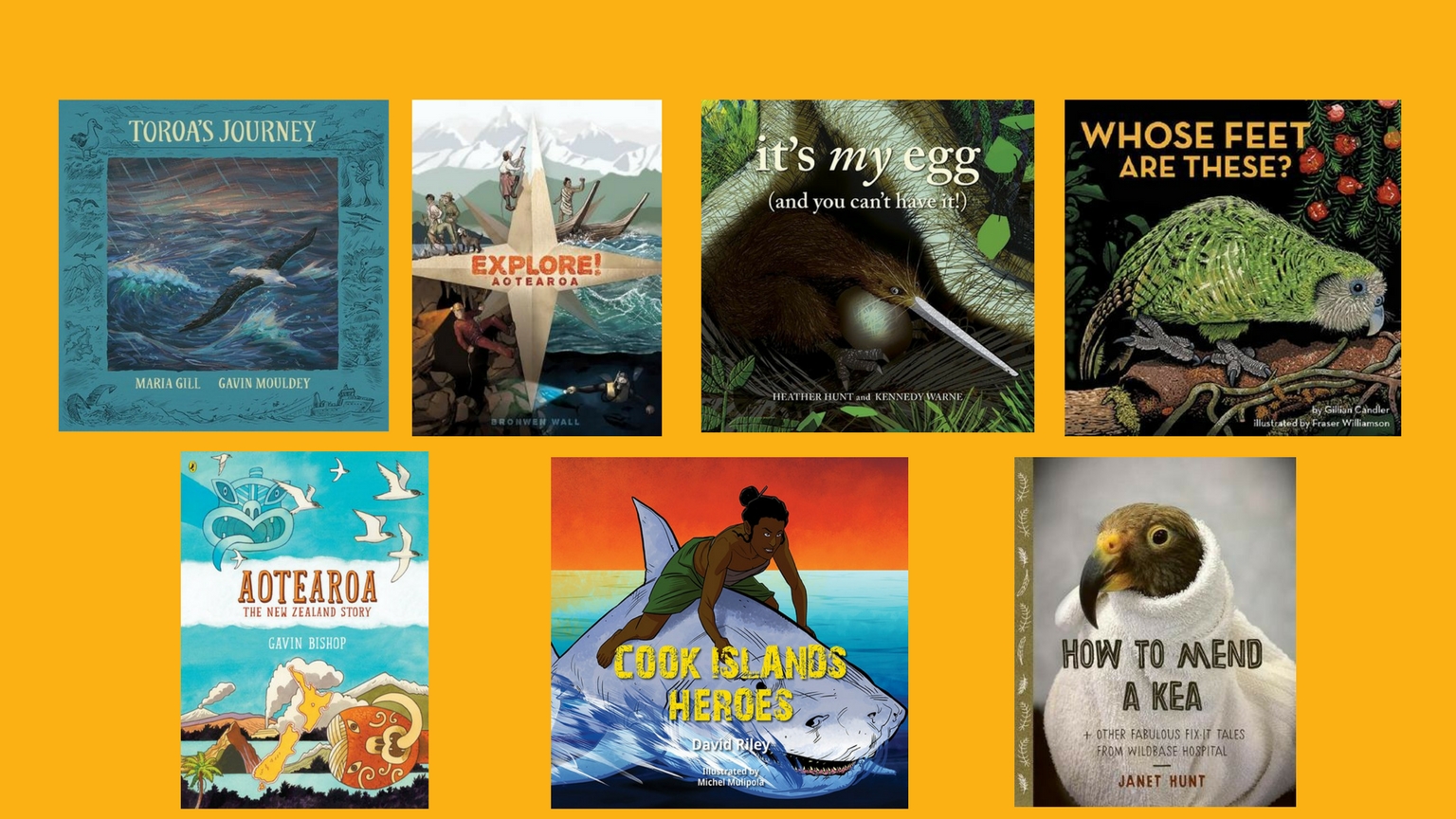
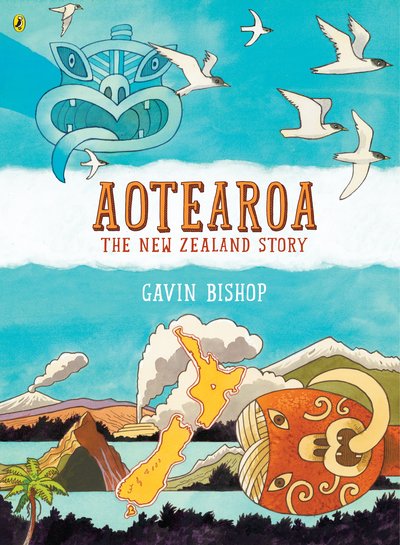
Aotearoa: The New Zealand Story
By Gavin Bishop
Published by Penguin Random House NZ
RRP $40.00
You heard it here: this book is going to win every prize going.
Aotearoa tells the story of our nation, from the big bang, via dinosaurs, through Kupe’s discovery of Aotearoa and so on. My first favourite page – there are many – is the Voyages to Aotearoa, which depicts each of the waka that we know sailed to settle in New Zealand from Hawaiki.
Something notable if you have never read a history book that has an integrated world-view of New Zealand: the Treaty of Waitangi isn’t signed until page 20 – one-third of the way through the book. There was a lot of history in Aotearoa before Pākehā came and carved it up, and this book ensures the younger generation doesn’t forget it.
There is nothing that Gavin has done that hasn’t got kids in the centre of his thinking. The lollies page is fantastic; the clothes page – which involves many members of his own family – could inspire a class study of fashions using old family photos; the sports section is brilliant – and of course the All Blacks are running across the South Island.
Read Donovan Bixley’s interview with Gavin Bishop
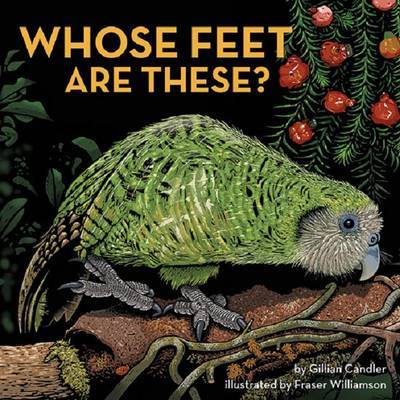
Whose feet are these?
By Gillian Candler and Fraser Williamson
Published by Potton & Burton
RRP $15.00
This follow-up to Whose Beak is This? is an interactive, absorbing introduction to the native wildlife of Aotearoa, accessible to very small children, but with enough interest for older ones to be stretched.
On each page, we see a close-up of a creature’s feet, and are invited to guess who they belong to. Some are easier than others! On the following page we see the feet in context, and get a snippet of information about the bird or insect, along with both its Māori and English names.
The format is simple and effective, and the illustrations are gorgeous. This will last many re-reads and make an excellent foundation for a lifelong love of indigenous animals. And you may be surprised at some of the inclusions!
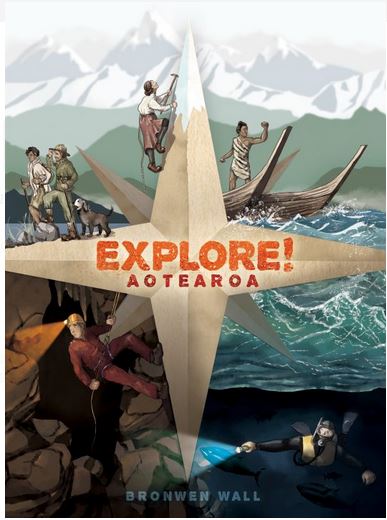
Extract from the review by Philippa Werry:
Bronwen Wall has a gift for making these historic stories come alive so the people she is writing about do not come across as fusty old 19th century types, but real men and women with hopes, dreams and aspirations and memorable personality traits.
The mountaineering section does include two pages on Ed Hillary, but it’s refreshing to read about lesser-known people as well. Women played an important role in Polynesian and Māori explorations; we read about Kupe’s wives and daughters, and the wives of the Māori guides who accompanied Thomas Brunner on his adventures. Trailblazers like Freda du Faur had to fight their own battles to be able to wear appropriate clothing and climb without chaperones.
There are many extra fact boxes and side-stories, as well as maps, illustrations, photographs, lists of references and a series of timelines that run as footers throughout the book but are different on each page.
Read our full review by Philippa Werry
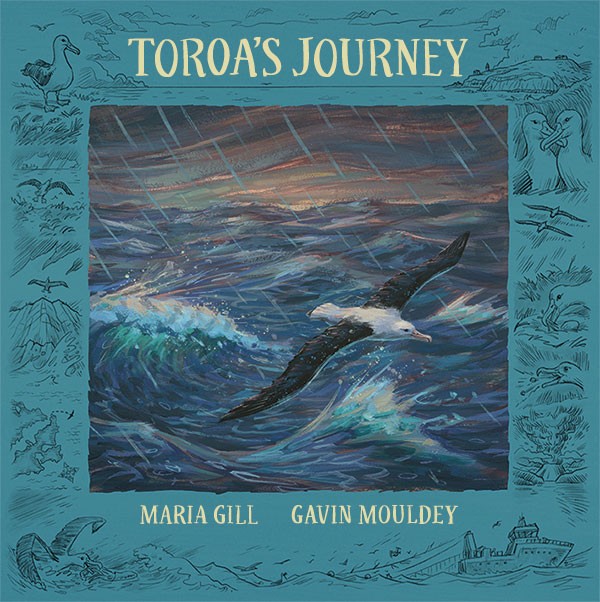
Extract from the review by Philippa Werry:
Another book that’s accessible to littlies but can stretch older children, Maria Gill’s Toroa’s Journey is a richly-told imagining of what happened to a real albatross.
Toroa (te reo for ‘albatross’) was the 500th albatross chick to be born at the Taiaroa Head colony, near Dunedin, in 2007, and he was fitted with a transmitter before he fledged. His progress for thousands of kilometres across the southern Pacific Ocean, all the way to Chile, was traced until the transmitter fell off or was lost in September 2008, perhaps during his annual moult, but Toroa returned to his birthplace at Taiaroa Head in February 2014.
Gavin Mouldey’s illustrations are wonderful, and the book is packed with information in extra boxes and pages – there’s even a teaching guide online for kids who are thirsty for more.
Read the full review by Phillippa Werry
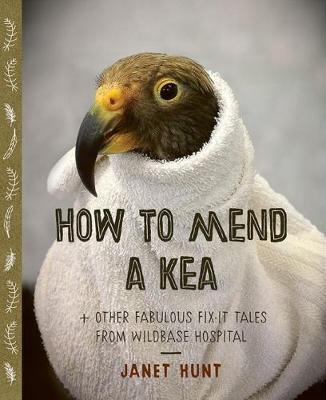
How to Mend a Kea is an excellent book by a very skilled wildlife writer. The book has a pleasing narrative shape, from the broad right through to the specific case studies, and finishing with simple snapshots showing the range of reasons that see animals admitted to Wildbase. Throughout the book, it is made clear that the birds (and other animals) admitted to Wildbase are wild, and they are treated as such. This means allowing them their own space, where they can hide when they need to. It also means they don’t have names, just numbers for the sake of tracking them through their processes. The brief moments where Hunt enters the birds skin to tell a piece of their story are done with respect and a deep understanding of the behaviour of birds.We’d recommend How to Mend a Kea for kids and adults to share from age 7 up – some of the language will be unfamiliar, but it is a fascinating read for all future eco-warriors.
Read Giselle Clarkson’s graphic review
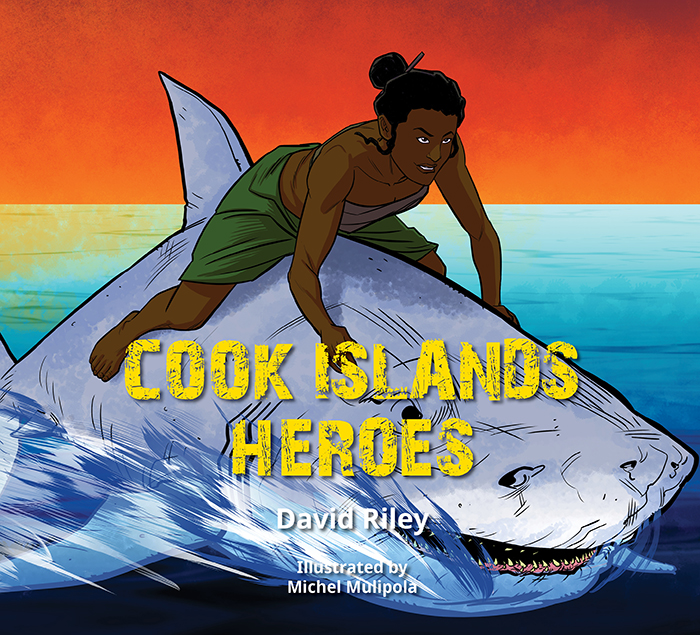
Cook Islands Heroes
By David Riley
Illustrated by Michel Mulipola
Published by Reading Warrior
RRP $30.00
This book slots into a gap, and does it extremely well. David Riley has for years been working to ensure that Pasifika people have a written record of their history, and that of their heroes. He has published several books in the ‘Heroes’ series – Tongan Heroes, Samoan Heroes and We are the Rock (Niuean Heroes).
I’d recommend the full series for kids who love personal stories – perhaps those who tend to idolise their favourite people. Riley includes sports people, mathematicians, politicians and ecological heroes alike, giving plenty of inspiration for reading on, and for kids to determine what type of idol they’d like to be to their future generations.
Read an interview with David Riley by Bee Trudgeon
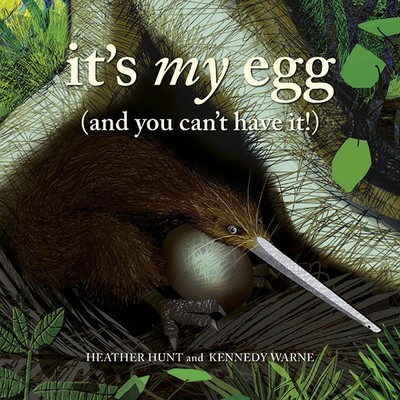
It’s My Egg (and you can’t have it)
By Kennedy Warne and Heather Hunt
Published by Potton and Burton
RRP $19.99
In this, the second collaboration between illustrator Heather Hunt and writer Kennedy Warne, we meet a father kiwi, doing his incubation duty in the hollow of a tree. One after another, different predators threaten the egg and are repelled by a furious defence of claws and beak. The frenzied pictures of the father kiwi on attack are pretty fun, though still consistent with the distinctive, zoologically-accurate aesthetic of the book.
The title is a repeated refrain as the kiwi responds to each attack: ‘It’s my egg, and you can’t have it!’ This makes it a particularly good read for pre-schoolers, as long as they can cope with the sinister subject matter of predation – some of the attackers are quite scary looking!
It’s My Egg combines entertainment and education. There’s a strong thread of teaching youngsters how to protect kiwi woven into a dramatic series of threats, before the satisfying arrival of the chick. It’s one of those ‘read it again!’ books.



